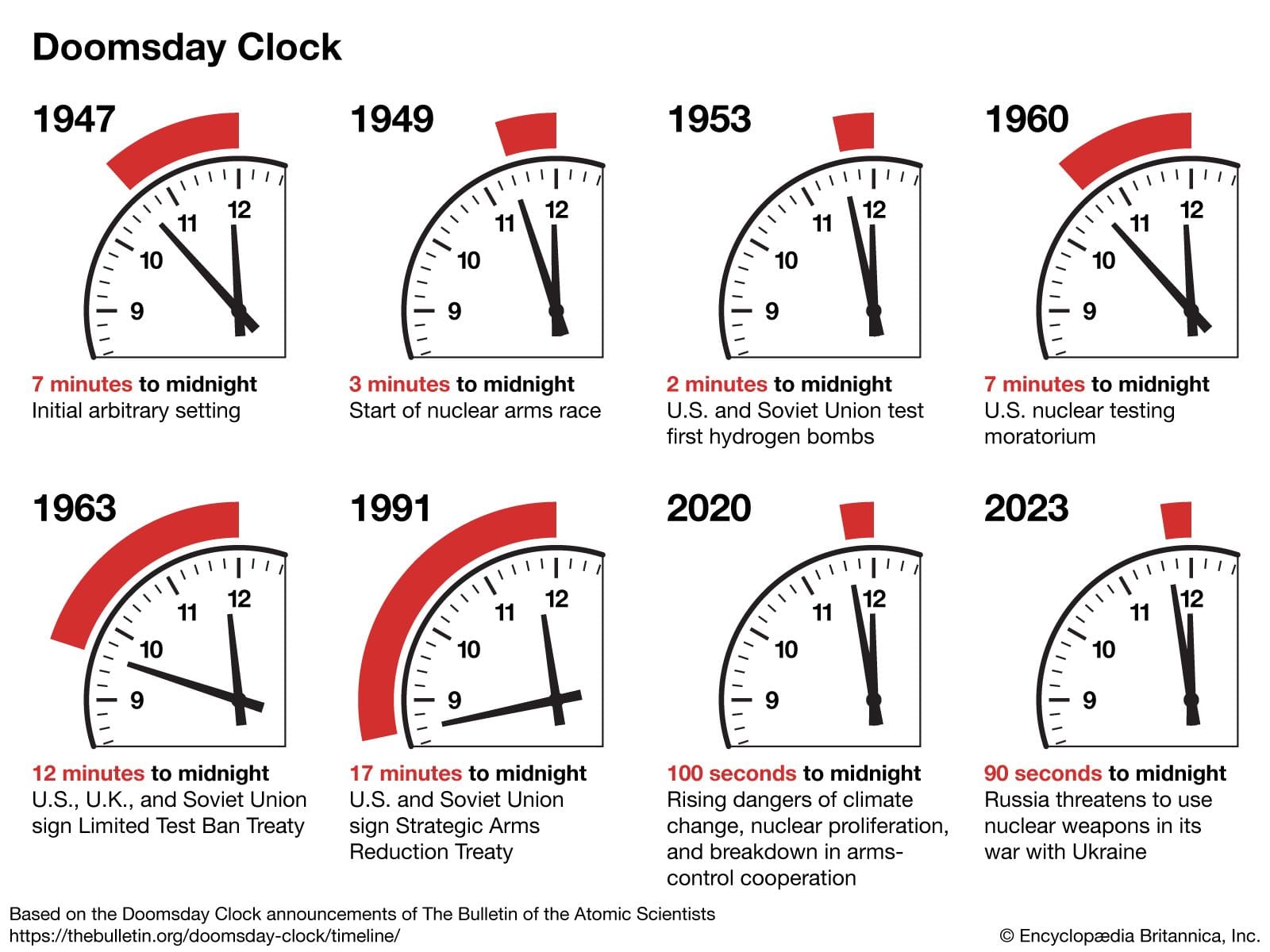The relationship between early modern humans and Neanderthals has long fascinated scientists and the public alike. Recent studies have provided new insights into this complex interaction, revealing that interbreeding between the two species occurred approximately 47,000 years ago. This significant finding not only enhances our understanding of human evolution but also raises intriguing questions about the nature of these interactions and their implications for the genetic diversity of modern humans.
The evidence for this interbreeding comes from advanced genetic analysis of ancient DNA, which has allowed researchers to reconstruct the genetic history of both Neanderthals and early modern humans. By examining the genomes of Neanderthal fossils and comparing them with those of contemporary human populations, scientists have been able to identify genetic markers that suggest a shared ancestry. These markers indicate that interbreeding was not a rare event but rather a recurring phenomenon that played a crucial role in shaping the genetic landscape of modern humans.
The timeline of this interbreeding suggests that it occurred during a period when early modern humans were migrating out of Africa and into Europe and Asia, where Neanderthals had already established populations. This overlap in geography likely facilitated encounters between the two species. The evidence points to a complex web of interactions, including competition for resources, cultural exchanges, and, as highlighted by recent findings, interbreeding.
The implications of these findings are profound. The genetic contributions from Neanderthals are still present in the DNA of many people today, particularly those of non-African descent. Studies have shown that approximately 1-2% of the genomes of individuals of European and Asian ancestry can be traced back to Neanderthal ancestry. This genetic legacy has been linked to various traits, including immune responses and skin pigmentation, underscoring the lasting impact of these ancient interactions.
Moreover, the discovery of interbreeding challenges previous assumptions about the nature of Neanderthals. Once regarded as brutish and primitive, Neanderthals are now recognized as a complex species with their own cultural practices and social structures. The evidence of interbreeding suggests that they were not only capable of coexistence with early modern humans but also engaged in meaningful interactions that contributed to the genetic and cultural fabric of subsequent human populations.
While the findings regarding interbreeding are significant, they also raise further questions about the dynamics of human evolution. For instance, researchers are now exploring the extent to which other hominin species, such as Denisovans, may have interacted with early humans. The genetic evidence suggests that modern humans may have interbred with multiple archaic human species, leading to a rich tapestry of genetic diversity.
In addition to the scientific implications, these findings also have broader cultural significance. They challenge the notion of a linear progression in human evolution, where modern humans are seen as a distinct and superior species. Instead, the evidence suggests a more intricate story of coexistence and interaction among different hominin groups. This perspective encourages a reevaluation of how we understand our own place in the evolutionary narrative.
As research continues to uncover more about the interactions between early humans and Neanderthals, it is likely that new discoveries will further illuminate the complexities of our shared history. The integration of advanced genetic techniques and archaeological findings will undoubtedly enhance our understanding of the past and inform our perspective on human evolution.
In conclusion, the evidence of interbreeding between early modern humans and Neanderthals approximately 47,000 years ago provides valuable insights into the intricate relationships that shaped our species. These findings not only highlight the significance of genetic exchange but also challenge traditional views of human evolution. As scientists continue to unravel the mysteries of our ancestry, it becomes increasingly clear that the story of humanity is one of collaboration and connection, rather than isolation and competition.



